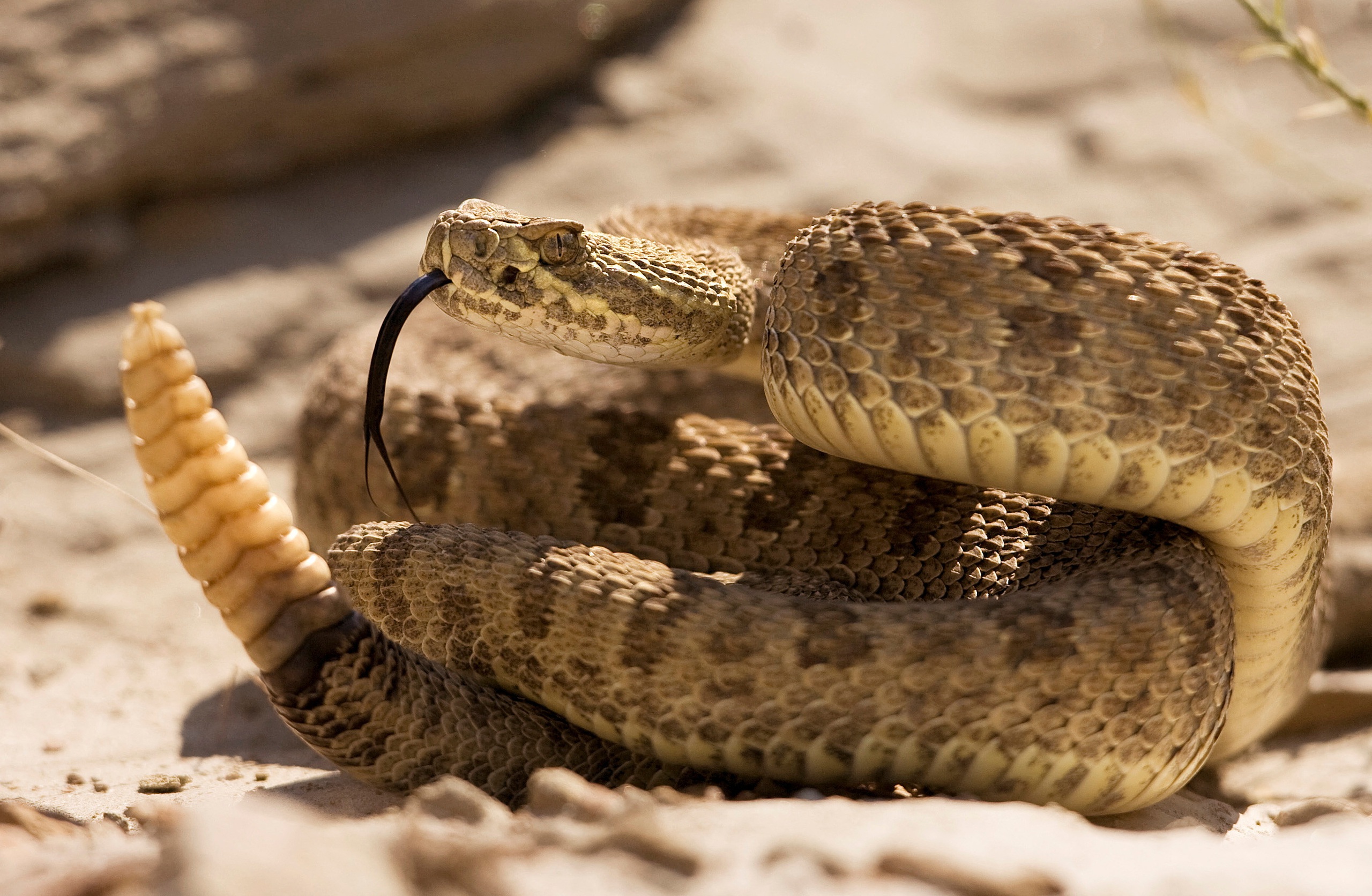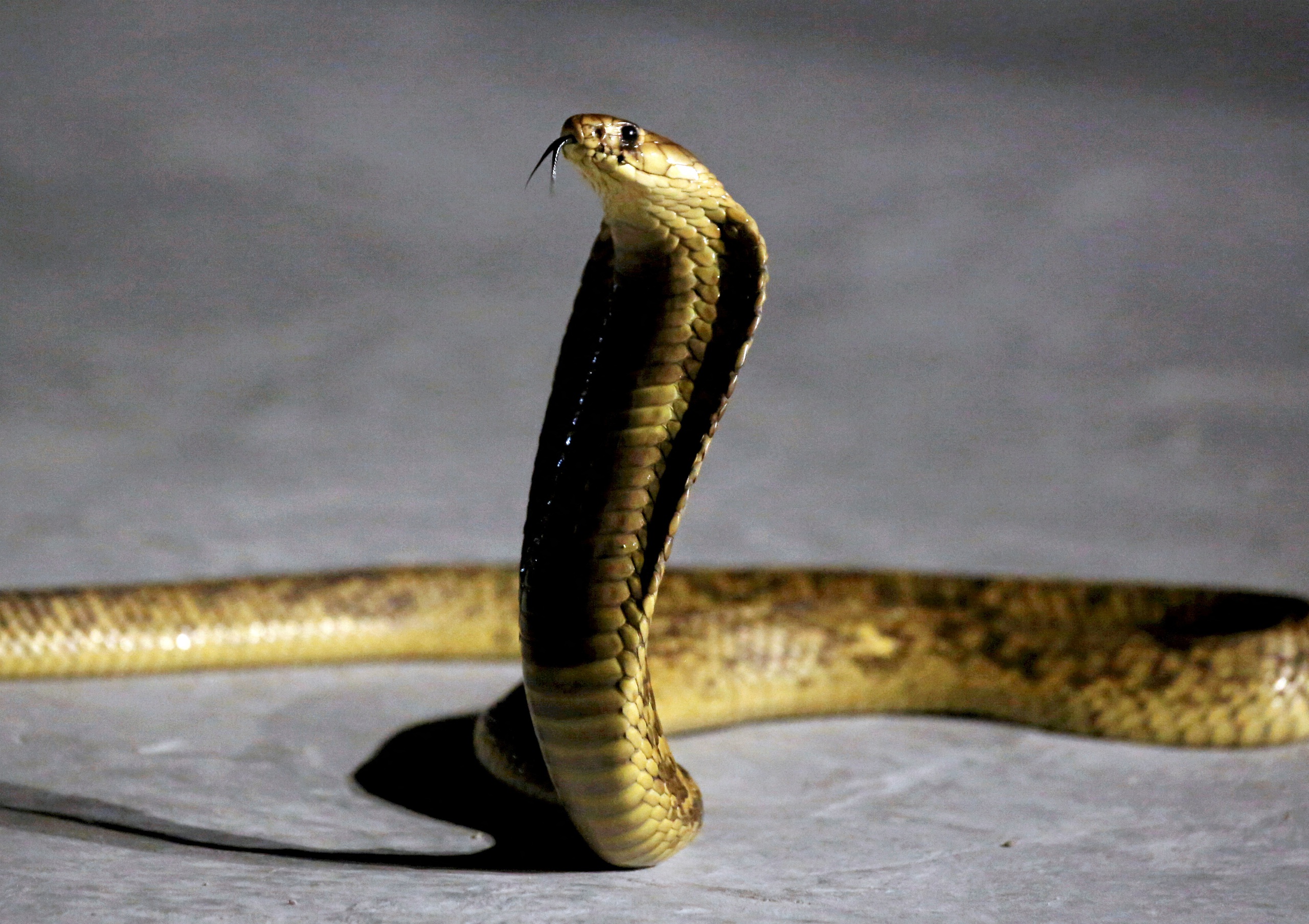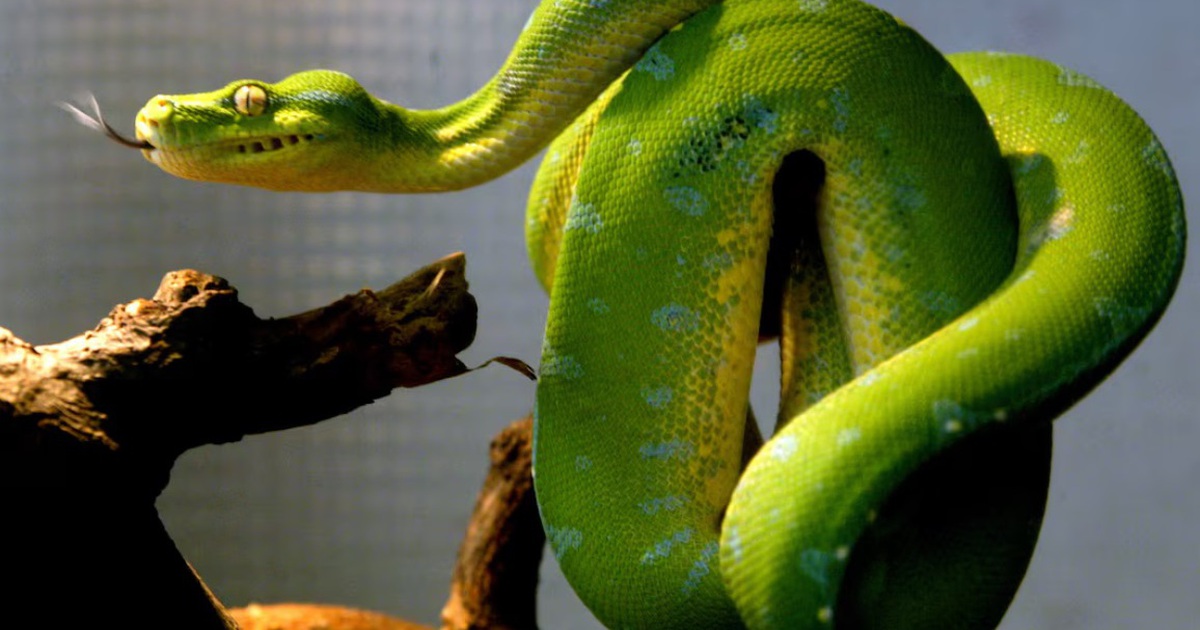According to Beano, the elements of snakes such as using tongue to smell, not possessing visible ears, or some species can even “fly”, are interesting characteristics of reptiles distributed wide wide. War in this natural environment.
1. There are more than 3,500 species of snakes
Up to now, more than 3,500 species of snakes have been known. They are scattered all over the world, with a variety of poisonous to harmless snakes, large -sized species enough to wrap prey, or there are species living in the deep sea.
Morelia Viridis (Morelia Viridis)
2. Use a tongue to smell
Different from the nose, snake smells by mouth. Their palate has a special olfactory organ, and snakes use tongue to feel the chemicals in the air, then transport them to the upper office to smell. That is why snakes often stick their tongue.
In the Year of the Snake, talk solids: What do you know about this species?
3. Completely skin peeling
Snakes have to peel off because the skin does not develop and the rest of the body. There are snakes that skin skin peeling up to 12 times/year and each time, they will remove the entire existing skin.
4. Flexible jaw sets
The jaw of the solid does not connect to the head bone. They can expand vertically and horizontally, helping to swallow large -sized prey. However, swallowing large prey and digestive will take a long time because the snake is swallowed and does not chew.
5. The number of poisonous snakes
Snakes poisoned the venom in the salivary gland, then bite the prey to poison them. So far there are more than 600 species of poisonous snakes, including some common species such as black mamba snakes, princess cobra and boomslang snakes.

The bell -tailed snake was taken in Canada in 2008
6. The longest snake species
Brocade pythons occupy the top in the list of the longest snakes known, with a length of about 10 m. This animal appears in many regions in Southeast Asia and also has a significant weight, weighing about 160 kg.
7. Snakes everywhere
Except for cold areas such as Arctic and Antarctica, more than 3,500 species of snakes live in all continents in the world. Some special areas such as Ireland are known to have no snakes due to being too cold, while Canada and Hawaii have scarcity. Owning snakes is an illegal behavior in Hawaii, when they can threaten wildlife in this island.
8. Evolutionary process
Snake ancestors appeared at least 150 million years ago. Scientists believe that snakes today are evolved from reptiles, or maybe a marine animal called Mosasaur.
Some snakes in the beginning even have short legs. However, gradually they evolved to remove their feet and crawl with the abdomen, making it easier to move.
9. Snake has no ears?
Snakes do not own the ears that can be visible as in humans or other animals. Instead, the organs are called “solid ears” lying inside and directly connected to the jawbone. The snake’s ear will feel the vibrations of the jawbone, thereby transmitting signals to the brain. This mechanism makes snakes can be considered to use the jaw to “hear”.
10. Special skeleton
The bone structure of the snake is mostly ribs. The rib of the snake is attached to all vertebrae and does not connect together in the previous section. This helps the snake to expand inside its body to digest large prey.
11. Possessing infrared senses
Snakes can feel the presence of animals through the amount of heat they radiate. The small holes on the face, close to the mouth to help the snake carry this function. That helps the snake can identify prey when hunting at night.
12. Snake can fly?
In addition to crawling on earth and swimming in water, some snakes like Chrysopelea, appearing in southern and Southeast Asia, can “fly” from one tree to another. Exactly they possess the ability to gladd, when they will crawl up the tall branches, the ribs of the snake can be adjusted into aerodynamic shape, thereby helping it float in the air when flying between the bough.

Cobra at a performance in Egypt in 2018
13. Snake is a meat -eating species
The only snake’s food is meat. The prey of small snakes is usually rats, fish, insects or birds, while large snakes can be aimed at turtles, rabbits, deer and even other snakes.
14. Cold -blooded animals
Snakes are cold -blooded animals (or thermal animals), similar to other reptiles. This means that they need to rely on the outside environment to keep warm, explain to the snake often living in places with warm climates. Snakes in cold areas need hibernation if you want to survive.
15. Reproduction ability
Some snakes lay eggs, while others give birth. The mother snake of some species will often stay in the nest to protect their eggs or children from other hunting species.











